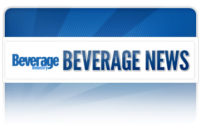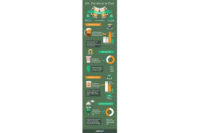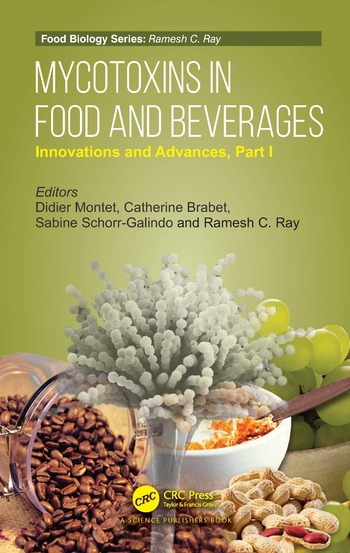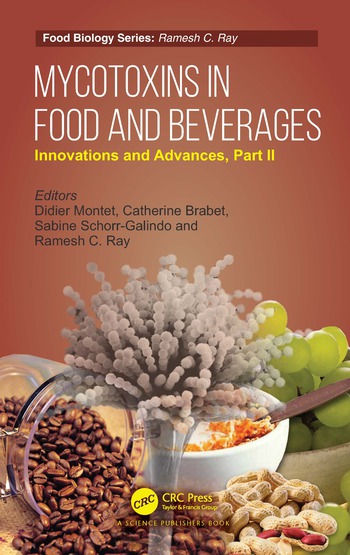Honey sparks flavor trend in craft beer, spirits
Natural sweetener also offers fermentation benefits

At picnics and other outdoor events during the summer and early fall, consumers have to watch out for bees that might crawl into their unattended beverage cans.
|
While a live bee might not add the kind of buzz they want in their drinks, the fruit of this busy insect’s labor is becoming a popular ingredient in beers and distilled spirits, according to Catherine Barry, director of marketing for the National Honey Board, Firestone, Colo.
“Almost every beverage category is seeing more and more honey use, but the craft beer [and] distilled spirits … segments are definitely leading the honey charge,” Barry says.
Mark Jensen, vice president of Smoot Honey Co., says his Power, Mont.-based company has noticed increased interest in its honey products from the craft brewers in its home state. He notes that Smoot Honey’s brewer clients use honey for both its fermentation and flavor benefits.
Honey contains amylase, which is a crucial ingredient for beer and liquor production, according to the National Honey Board’s 2014 report “Using Honey in Beverages.” During fermentation, amylase hydrolyzes starch to dextrin or sugars, which are then converted to alcohol, it says.
However, if the specific type of honey included in the beer or liquor formulation is particularly high in amylase, this can impact the speed of fermentation, the report notes. Therefore, in order to incorporate the flavor and other nutritional benefits of honey without adversely impacting the brewing process, the National Honey Board recommends heat-treating the honey for two minutes at 159.8 degrees Fahrenheit to inactivate the enzyme. Amylase loses all activity after heating for eight minutes at 145.4 degrees Fahrenheit, it notes.
Honey also plays a role in the distillation of spirits. For example, rum distillation requires one cup of honey for every 10-gallon batch to help the yeast ferment, according to the National Honey Board’s report “The Use of Honey in Alcoholic Beverages.”
Similarly, mead, or honey wine, is made when honey is diluted and allowed to ferment. In fact, because of honey’s properties, the alcohol beverage was likely discovered by accident, according to the report. “Because honey is hygroscopic, it will absorb water from the air,” it states. “When the moisture level of unpasteurized honey rises above 18 percent, honey will ferment because of the presence of naturally occurring osmophilic yeast spores. In time, and in the presence of enough water, the fermented honey will become mead.” For commercial mead production, honey is purposely diluted with water and then mixed with nutrients and yeast that ferment to produce the alcohol beverage, according to the report.
Beverage-makers also can use honey to craft their products’ ideal flavors. There are more than 300 vari-etals of honey in the United States alone, each with its own flavor profile and color, which typically ranges from water white to dark amber, the National Honey Board’s Barry says. Beer brewers tend to choose milder honeys, such as clover honey, for their lagers, according to the National Honey Board’s alcohol beverages report. For porters, stouts, herbal beers and spicy beers, brewers often turn to other floral honey sources, including alfalfa, wildflower, buckwheat, sage and orange blossom, it reports.
For example, Portland Brewing Co., Portland, Ore., used Oregon-sourced white clover honey for its new Oregon Honey Beer, which it released in May. The local honey gives the beer “just a hint of sweetness,” the company says.
In the spirits segment, honey has sparked a flavor boom, the National Honey Board’s Barry points out. “Almost overnight, the whiskey segment of the liquor market was rejuvenated through the development and launch of products with honey, such as [Brown-Forman Corp.’s] Jack Daniel’s Tennessee Honey and [Campari America’s] Wild Turkey American Honey,” she says. New York-based Rabobank reports that solid growth for these two products has boosted the overall whiskey segment, which grew 6.2 percent last year.
Other alcohol beverages also are tapping into honey for its sweetness capabilities. Honey typically contains about 38 percent fructose and 31 percent glucose, with the rest of its composition including water, other sugars such as maltose and sucrose, enzymes, amino acids, antioxidants, vitamins and minerals, making the ingredient slightly sweeter than sucrose, the National Honey Board’s Barry says. Some honeys contain more fructose than maltose, making them 25 percent sweeter than sucrose, according to the National Honey Board’s “Using Honey in Beverages” report. Because of this, honey can be used in smaller quantities than other similar ingredients to produce a sweetening effect, Barry notes.
In addition, beverage-makers might want to consider turning to local sources of honey to appeal to natural and locovore trends, Smoot Honey’s Jensen notes. For example, Newport, Ore.-based Rogue Ales took up beekeeping on its farm in Independence, Ore., to produce the honey for its Honey Kolsch Ale, which contains Rogue Hopyard Honey & Wild Flower Honey.
Plus, the inclusion of honey in a formulation can even help market the beverage. “Beverage processors don’t just put honey in their products,” the National Honey Board’s Barry says. “They promote honey in their beverages, using honey in the name and making honey iconography, such as honeycombs and bees, the foundation of product packaging.” Consumers can then count on the natural ingredient to add a functional and flavorful twist to their drinking experience.
Looking for a reprint of this article?
From high-res PDFs to custom plaques, order your copy today!










